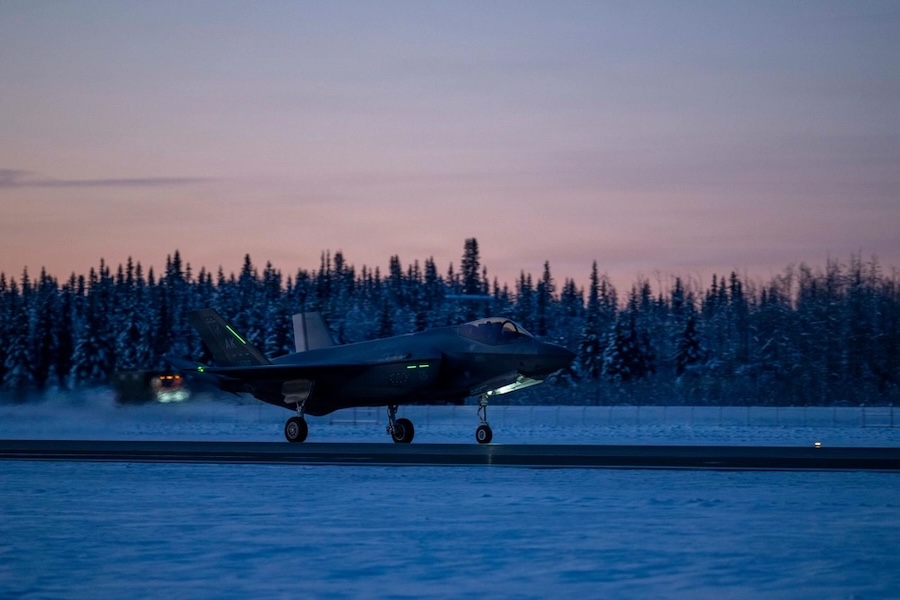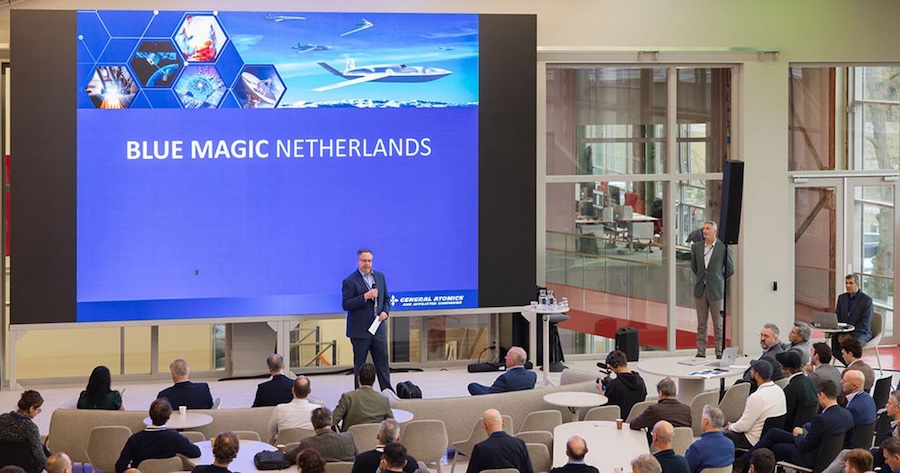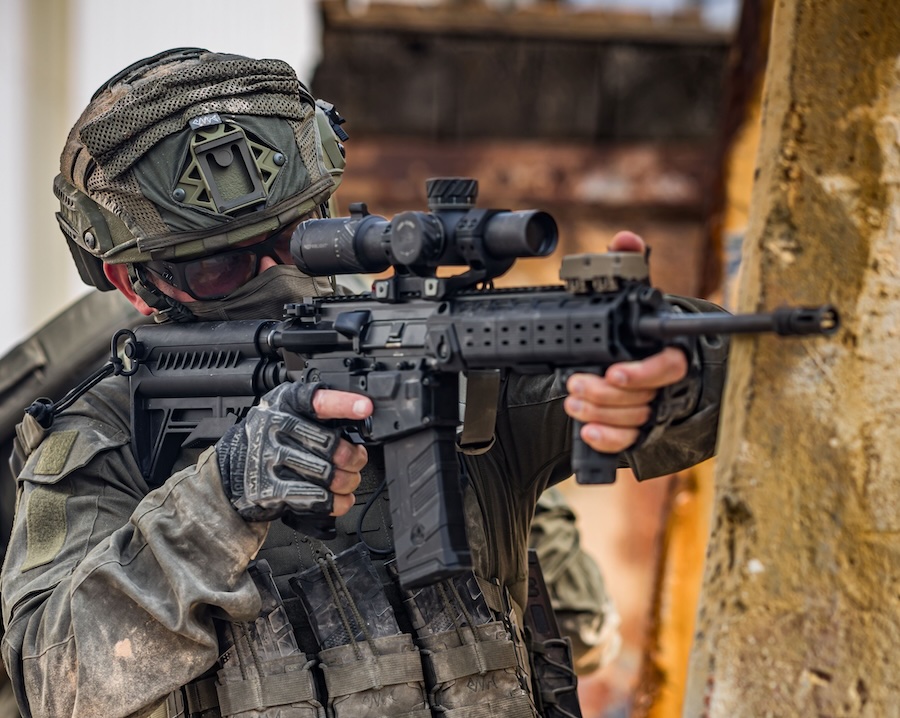Brandon Tseng, Shield AI co-founder, president, and former Navy SEAL, said: “At Shield AI, we believe the greatest victory requires no war. To make that belief real, we’re executing a simple but ambitious master plan: prove the value of autonomy, scale it across domains, and reimagine airpower.” He added, “X-BAT represents the next part of that plan, expanding U.S. and allied warfighting capacity through a transformative, runway-independent aircraft. Airpower without runways is the holy grail of deterrence. It gives our forces persistence, reach, and survivability, and it buys diplomacy another day.”
At the heart of X-BAT is Shield AI’s Hivemind software, an autonomy system that enables operations in denied, degraded, and communications-limited environments. The AI allows X-BAT to fly without continuous remote input, integrate with manned aircraft, and conduct autonomous and collaborative missions in hostile airspace.
“X-BAT is a revolution in airpower because it combines four things – VTOL, range, multirole capability, and autonomy,” said Armor Harris, senior vice president of aircraft at Shield AI. “VTOL plus range solves survivability on the ground and dependency on tankers. Multirole provides critical flexibility as the threat evolves, because no plan survives first contact with the enemy. X-BAT’s ability to autonomously operate standalone or collaboratively allows it to project power when other assets aren’t around and simplifies kill chains.”
The X-BAT delivers a range exceeding 2,000 nautical miles with full mission payload, allowing it to operate from ships, remote islands, or improvised sites. Its compact design enables up to three X-BATs to be stored in the same deck space as a single legacy fighter or helicopter.
Built around a proven fighter-class engine, the aircraft promises high performance with established reliability and maintenance standards. Shield AI emphasises that X-BAT delivers fighter-level capabilities at a significantly lower acquisition and lifecycle cost than fifth-generation jets.
The aircraft’s design includes survivability features such as adaptive tactics, reduced signatures, and autonomous mission execution. With open architecture, the X-BAT integrates into both current and future US Air Force and Navy operational concepts, supporting scalable and distributed combat airpower.
Shield AI says X-BAT represents a continuation of its mission to protect service members and civilians using intelligent autonomous systems. The company is positioning the jet as a cost-effective and flexible asset for modern high-end warfare.




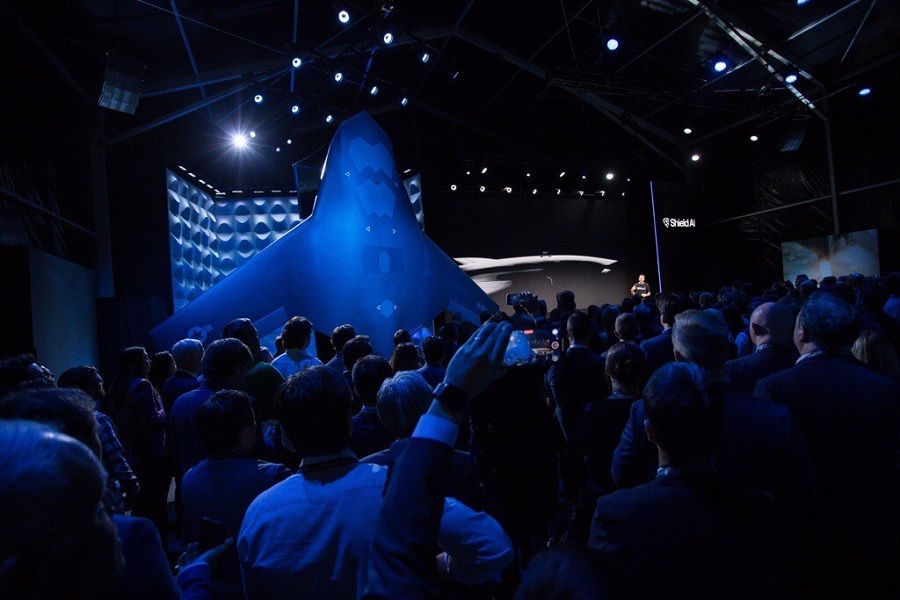


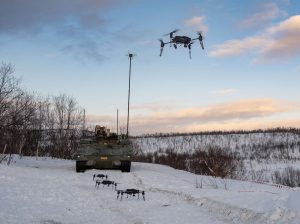



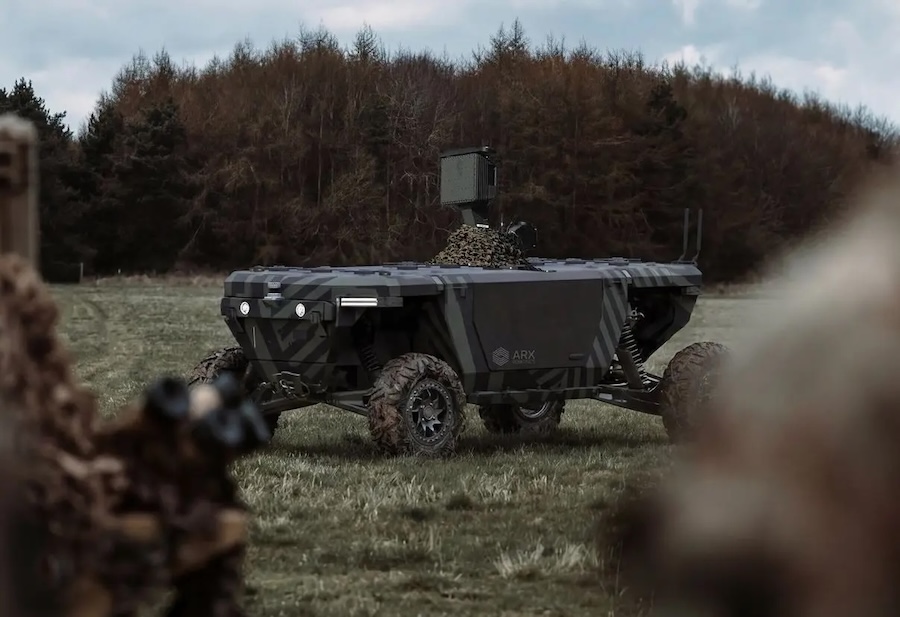
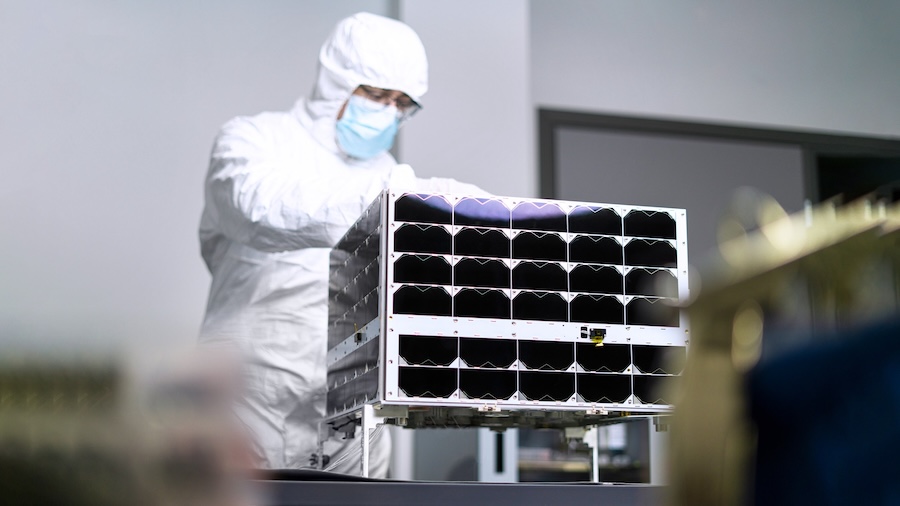

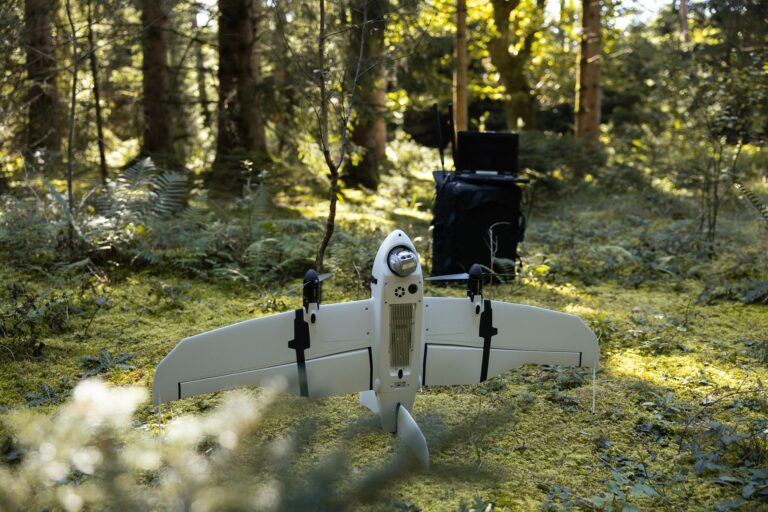
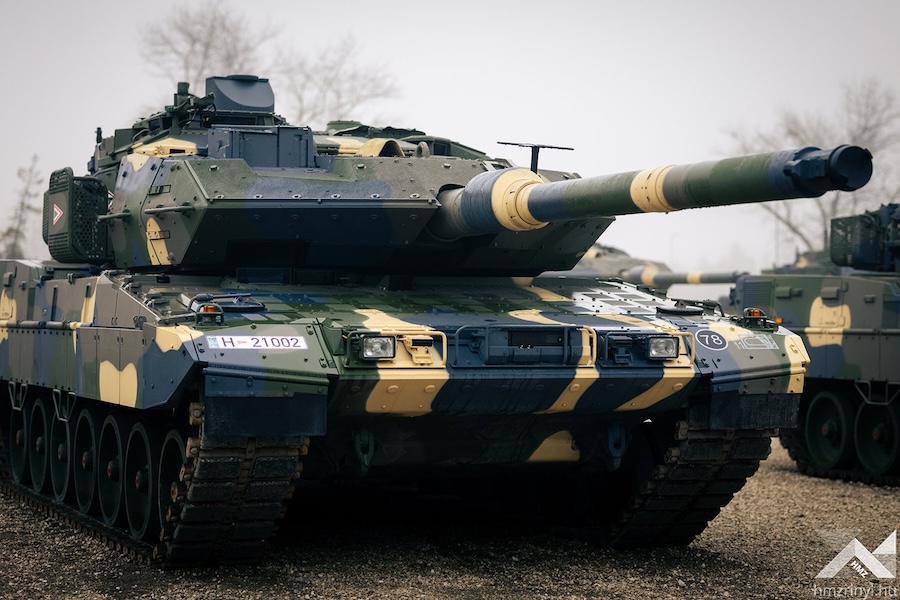



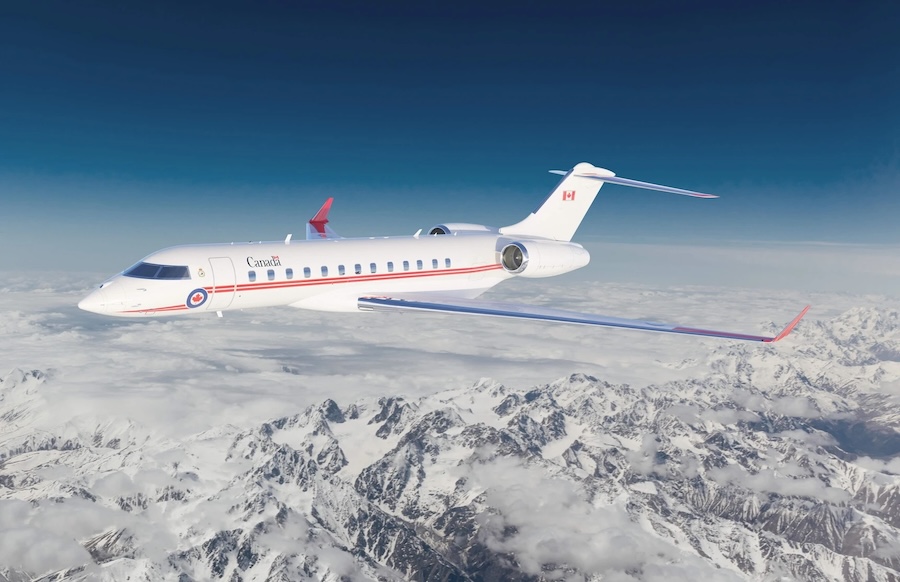
![Auterion conducts first multi-manufacturer hybrid drone swarm strike demonstration [VIDEO]](https://defence-industry.eu/wp-content/uploads/2025/09/Auterion-secures-130-million-to-scale-AI-defence-software-and-transform-drone-warfare.jpg)

